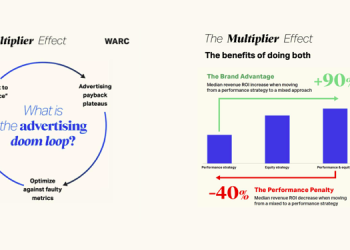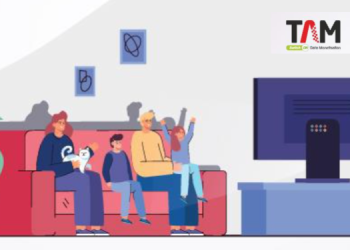New Delhi: The pandemic was disruptive due to the lockdowns, precautions, and the general scare – and all this led to perforce behavioral change in how we shopped.
Ipsos global survey christened ‘Shopping During the Pandemic’ shows distinct changes in shopping behavior: at least 1 in 2 (49%) urban Indians said they ate out less in local and small restaurants (indoors or outdoors) after the COVID19 outbreak. 6 in 10 global citizens (63%) claimed to have stopped eating out at small and local restaurants. In some markets, it was more alarming of those who stopped patronizing small and local restaurants for in-person dining experience – esp. in Chile (83%), Peru (82%), Mexico (82%), and Argentina (81%).

“For urban Indians, it was a mix of a multitude of factors – the lockdown led to closure of most restaurants and when they reopened with all SOPs prescribed, people were still stricken with apprehension about hygiene and contact. Of course, now we see restaurants operating with social distancing and precautions and people have generally started to step out to eat out,” said Amit Adarkar, CEO, Ipsos India.
In fact, Ordering-in too decreased by 41% for urban Indians.
Online Shopping
4 in 10 Indians (43%) claim to have shopped more online (than before), during the pandemic. 43% of global citizens too shopped online, more than before, during the pandemic. Interestingly, the top markets that saw the highest surge in Online Shopping were those of Chile (59%), Great Britain (55%), South Korea (54%), and Turkey (54%).
‘Behavioral change seen for online shopping among Indians, during the pandemic was more a manifestation of safety, convenience and mood elevation; and of course, the altered macro forces of lockdown and constrained reopening,” added Adarkar.
Buying from farmers and local manufacturers
The survey shows buying habits to be quite stable, though more for global citizens with 61% claiming to have bought from farmers and small manufacturers; almost half of urban Indians polled (45%) said they were patronizing farmers and small manufacturers. Japan (84%) and Sweden (77%) emerged at the top in displaying this behavior.
‘Being Vocal for Local became more heightened during the pandemic, especially to support the tiny businesses which were reeling under the severe impact of the pandemic,” said Adarkar.
42% of Indians claimed to have continued with the habit of visiting in-person local markets and Kirana shops during the pandemic. 54% of global citizens too showed a similar trend.
“For essentials, grocery and of course some outing. After all, the lockdown was a new phenomenon for all and it was hard for everyone to be locked-in within the four walls of their homes,” reasoned Adarkar.
Technical Note
These are the results of a 28-market survey conducted by Ipsos on its Global Advisor online platform. Ipsos interviewed a total of 20,504 adults aged 18-74 in the United States, Canada, Malaysia, South Africa, and Turkey, and 16-74 in 22 other markets between Friday, November 20 and Friday, December 4, 2020.
The sample consists of approximately 1,000 individuals in each of Australia, Belgium, Brazil, Canada, mainland China, France, Germany, Great Britain, Italy, Japan, Spain, and the U.S., and 500 individuals in each of Argentina, Chile, Hong Kong, Hungary, India, Malaysia, Mexico, the Netherlands, Peru, Poland, Russia, Saudi Arabia, South Africa, South Korea, Sweden, and Turkey.
The samples in Argentina, Australia, Belgium, Canada, France, Germany, Great Britain, Hungary, Italy, Japan, the Netherlands, Poland, South Korea, Spain, Sweden, and the U.S. can be taken as representative of their general adult population under the age of 75.
The samples in Brazil, Chile, mainland China, Hong Kong, India, Malaysia, Mexico, Peru, Russia, Saudi Arabia, South Africa, and Turkey are more urban, more educated, and/or more affluent than the general population. The survey results for these countries should be viewed as reflecting the views of the more “connected” segment of their population.
The data is weighted so that each country’s sample composition best reflects the demographic profile of the adult population according to the most recent census data.
Where results do not sum to 100 or the ‘difference’ appears to be +/-1 more/less than the actual, this may be due to rounding, multiple responses, or the exclusion of “don’t know” or not stated responses. The precision of Ipsos online polls is calculated using a credibility interval with a poll of 1,000 accurate to +/- 3.5 percentage points and of 500 accurate to +/- 5.0 percentage points. For more information on Ipsos’ use of credibility intervals, please visit the Ipsos website.
The publication of these findings abides by local rules and regulations.
















